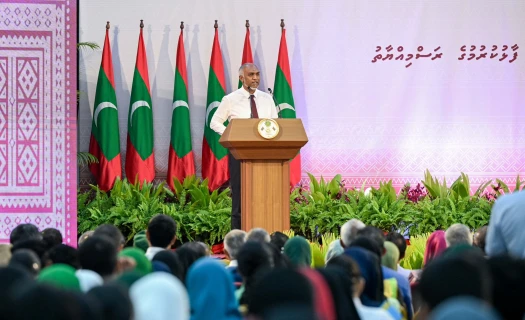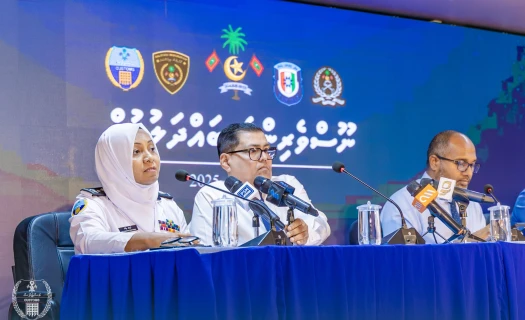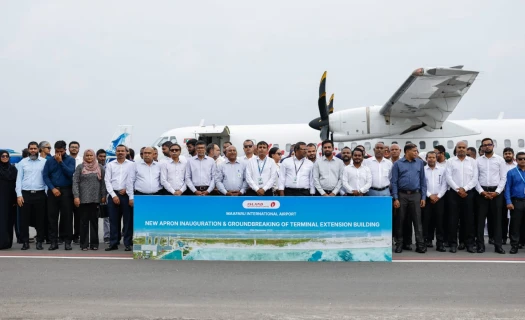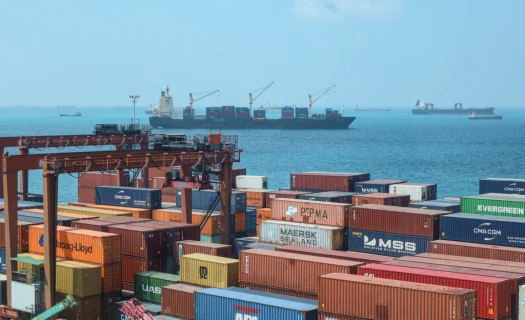Sun, 21 Dec 2025
|DHIVEHI
The National Museum's role in a rapidly changing Maldives
18 May 2025
|

The National Museum (Dhaarul Aasaaru)
As the world marks International Museum Day under the theme "The future of museums in rapidly changing communities," it is an opportune moment to reflect on the National Museum, Dhaarul Aasaaru, a guardian of Maldivian heritage since 1952 and a symbol of its evolving cultural identity.
Inaugurated on November 19, 1952, by then Prime Minister Al Ameer Mohamed Amin Dhoshimeynaa Kilegefaanu on National Day, the museum was envisioned as a place to instil pride in the nation’s ancient heritage and strengthen national identity.
Its first home was Usgekolhu, a distinguished three-storey structure of stone and wood within the old royal palace grounds. Considered one of the most modern buildings of its time, its thick walls and timber staircases made it more than a venue for artefacts; the building itself became part of the national heritage, representing the transition from monarchy to modernity.
Ahead of its opening, artefacts from across the Maldives, many dating back to the post-conversion period, were brought to Malé. These early collections, many still on display today, offer a rare glimpse into the lives of sultans and the royal court during that period.
As the collection expanded, the original building began to feel the strain of limited space. Successive governments called for a purpose-built facility, which was eventually realised on July 26, 2010, when the museum was relocated to its current premises. The new building was designed to combine historical preservation with public exhibitions.
Since then, ongoing renovation and conservation efforts, supported by partnerships with organisations such as UNESCO, have helped safeguard the museum’s invaluable collections. The most recent improvements were completed in 2024.
Today, the National Museum houses a wide range of exhibits, from royal regalia and thrones to early telecommunications and computing equipment. Together, they trace the Maldives’ journey from monarchy to modern nationhood. However, as the country undergoes rapid development and digital transformation, there are increasing calls to further modernise the museum.
To remain relevant, the National Museum must not only safeguard the past but also evolve to meet contemporary expectations.
Across the globe, museums are embracing innovative technologies to bring history to life using artificial intelligence (AI), virtual and augmented reality (VR and AR), and interactive storytelling to make their collections more engaging, especially for younger audiences.
In Italy, visitors can explore ancient ruins through immersive VR experiences, while in Japan, AI is used to personalise exhibitions based on individual interests. These tools do not replace the past; they help people feel closer to it.
For the Maldives, adopting such technologies could unlock exciting new ways to share our heritage – not only with those who step into the museum in Malé, but also with curious minds across the islands and around the world. It could also position the museum as a key attraction for cultural tourism, offering visitors immersive and meaningful ways to connect with the stories, people, and traditions that make the Maldives far more than just a beach destination.


Popular News







